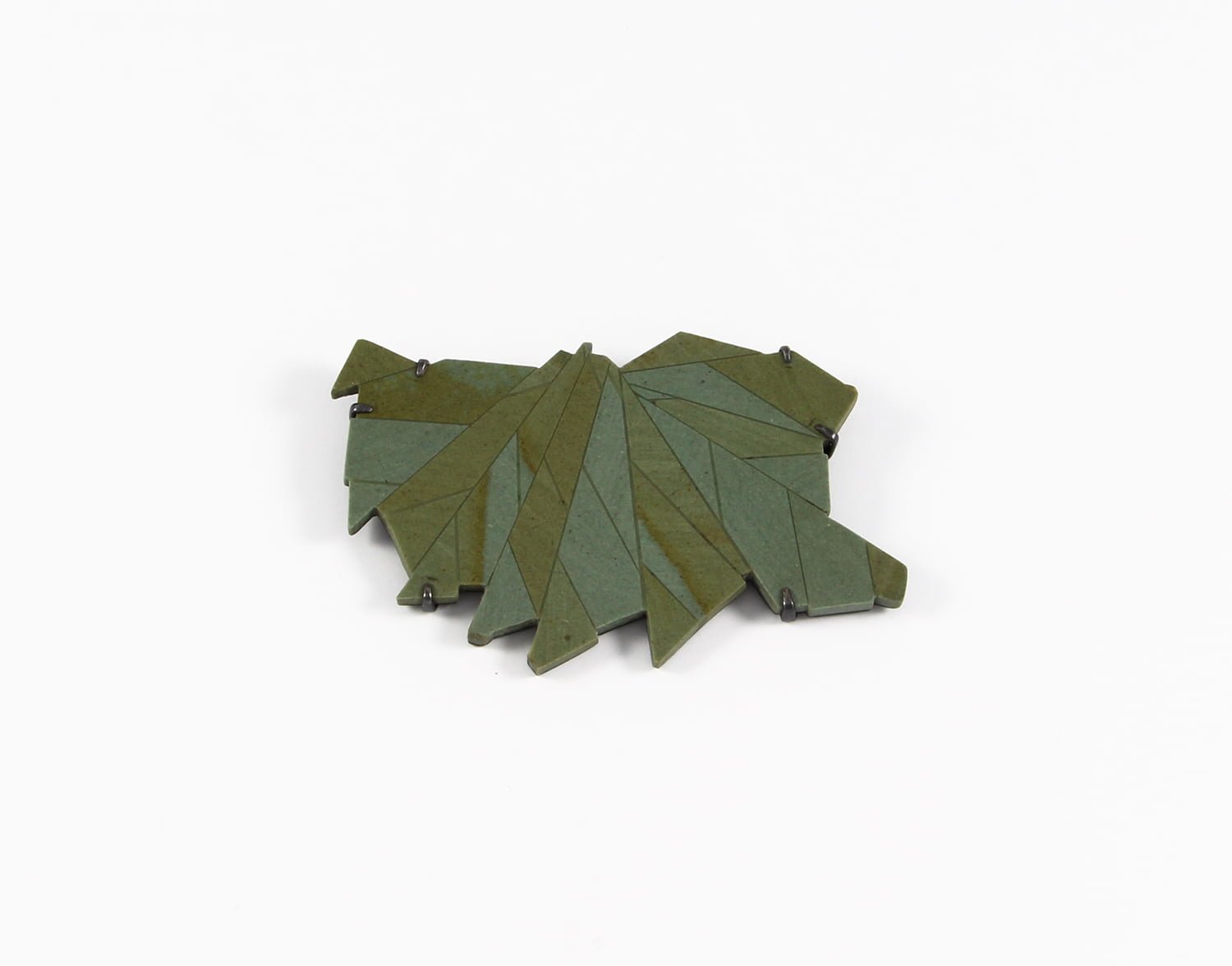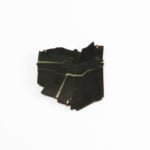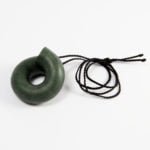Topography
During the 1970’s, in the midst of changing social and political tides in Aotearoa, New Zealand, many Pākehā (European New Zealanders) artists and craftspeople turned their attention to the local wild seeking to forge their own sense of place and claim an identity–almost as if drawn from the land itself. Stone work being produced in the context of contemporary jewellery in Aotearoa, shifted attention from the hands to the feet, and rafts of maps, implements and geological surveys were drawn into action as a new generation of carvers and jewellers went out ‘stoning’.
Reading back though the slim selection of craft literature produced during this time, one can encounter the occasional fog of primal mysticism or neolithic nostalgia, and it is useful to have wider cultural bearings to navigate the complexities that were born of this moment. This is especially the case as one of the more compromised inclinations to emerge during this period was the desire of many Pākeha makers to engage with Maori lore, cultural and artistic practices, and spiritual traditions. Many working stone were keenly tuned to a connection with ‘ancient’ knowledge, and actively pursued their curiosity for indigenous stone and cosmologies of art-making other than their own.
The belief that indigenous art forms and cultural knowledge were free to be appropriated for a generation’s own cultural position and oeuvre appeared to show little respect for the specificities of cultural context and method – and even less accountability for the social, political and historical context in which they were taking place. This was a time when the land march of 1975 and the occupation at Takaparawha (Bastion Point) were fresh currents in the collective psyche. A time in which surging calls for justice – the return of lands, rights and sovereignty- were growing powerful new voices and roots. The appropriation of artistic forms and imagery could not, for many, be separated from the theft of land and livelihood, nor cultural theft from cultural domination. With the emergence of a new generation of Maori artists, scholars and activists, when the push back came it was not only timely, but necessary.
The work of Craig McIntosh enters into the lineage of local stonework from the position of a generational remove. In his studio practice over the last decade, McIntosh has dealt seriously with the question of cultural appropriation, and the main drive of his work has been dedicated to developing ethical approaches to working in local stone. McIntosh has followed a multifaceted study of local stone sources that has involved equal parts fieldwork, studio work and critical reflection. As well as questioning the depiction of images in carving, McIntosh has investigated the way in which production methods shape our understanding of objects, and he has dedicated many years of practice to developing composite sculptural techniques in order to work through the ideas and issues that he values in a material form.
Developed using a combination of reductive and composite techniques, McIntosh’s pieces are detailed with mark-making reminiscent of earth or irrigation works that appear as if scoured, or scorched, into the surface of the stone. For McIntosh these works deal with the human framing of the landscape: in particular, the impact of colonial legal structures on indigenous livelihood and land use, and agricultural and extraction industries on the ancient bones of the land. As jewellery objects, these pieces are intended to activate an identification with very tangible, material histories, implicating both wearer and viewer in a responsive relationship to the present. McIntosh’s work brings together geological perspectives with hand-wrought knowledge, a formal understanding of craft histories with knowledge gleaned from walking the land, to create an image of place, made of the place, that speaks clearly to its own moment in time.
This is an edited excerpt from the essay 'Craig McInstosh: Ground Work' by Elle Loui August, courtesy of Objectspace.



















